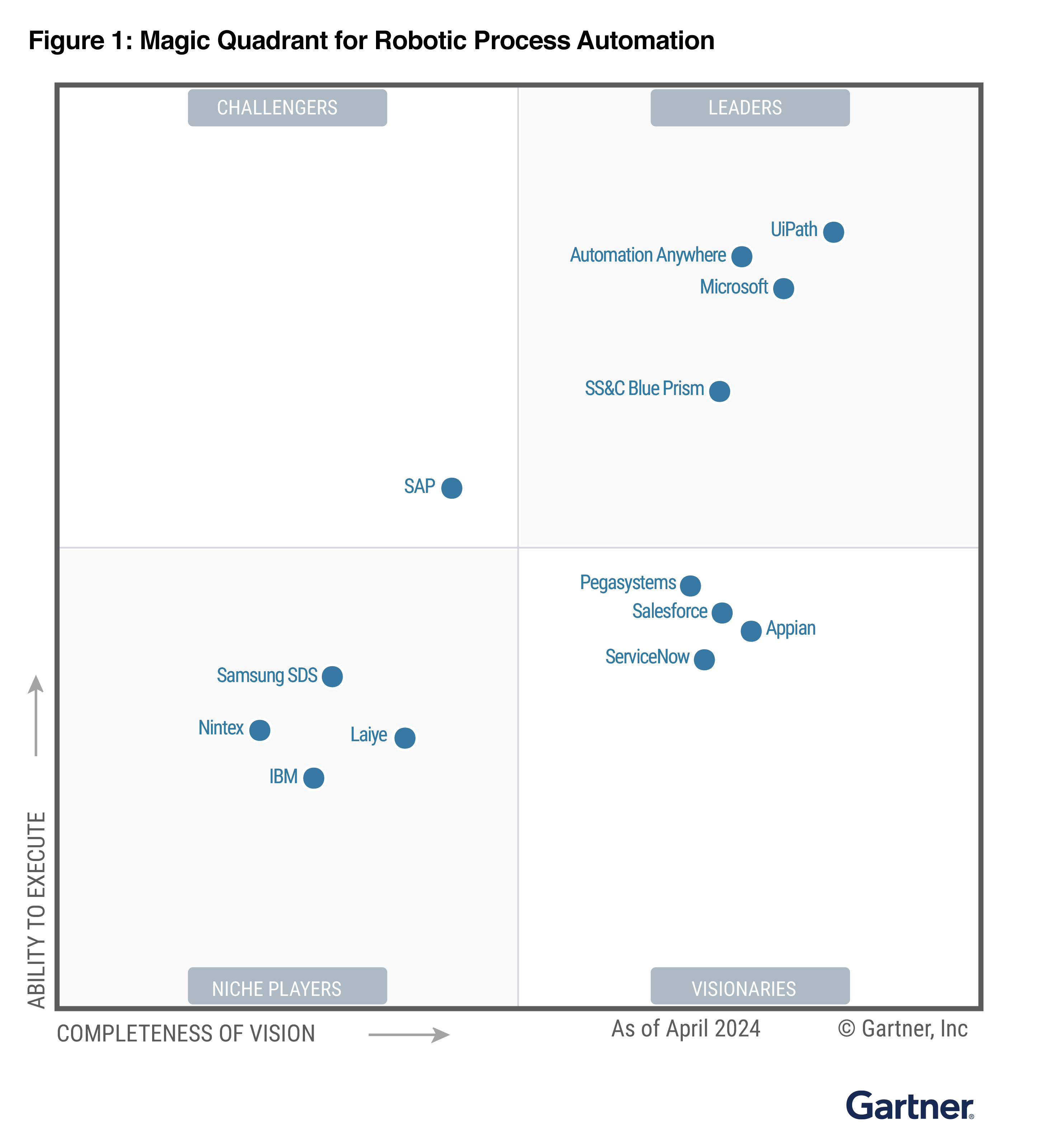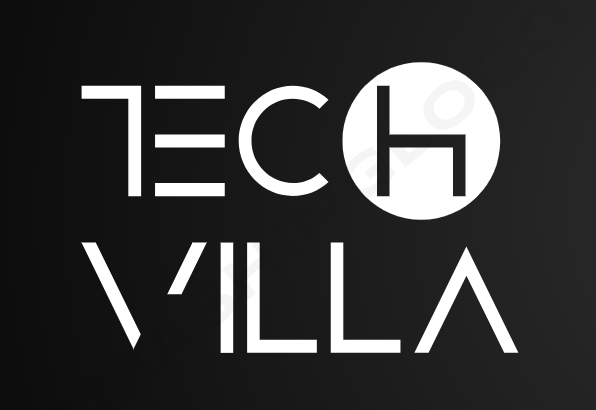
What is data visualization?
Data visualization is the presentation of information (data) in a visual context, such as a map or graph. Because, hey, sales results or intercompany transaction increases can be really hard to swallow. Thanks to it, which covers not only the business field, but also education and communication, things become more "digestible".
It makes both big and small data easier for the human brain to understand, as well as helping the brain spot patterns, trends, and outliers in data sets. And if you add data-driven stories, the impact of the information goes from total dreary, to a message chewed and ready to interpret.
Did you know that there are more nerve fibers that connect the eyes with the brain than in any other way?
They allow us to process information at full speed. Specifically, hallucinate! there are 20,000 million neurons that are responsible for processing images. That's a lot of neurons, don't you think? Our brain is visual. Despite the fact that we have other senses, thanks to the images and memory that is based on the billions of images processed, the memory is longer lasting and deeper.
Do you want to know more about why our brain has a lot to say in data visualization?
If you hear a sound you don't understand, you think “I heard a noise”. Your brain doesn't try to make sense of it.
Will it be a murderer? Freddy Krueger? My mother with the slipper? What difference does it make!
The ear does not have the capacity to identify everything it hears, but processes only what it can identify. Sight, on the contrary, as it is our preferred sense to relate to the world, when faced with a visual stimulus that it does not understand, makes the brain strive to find meaning in it. Hence the "up or down?" "Are they upside down or upside down" from Escher's famous visual illusions.
Sight, on the contrary, as it is our preferred sense to relate to the world, when faced with a visual stimulus that it does not understand, makes the brain strive to find meaning in it. Hence the "up or down?" "Are they upside down or upside down" from Escher's famous visual illusions.

